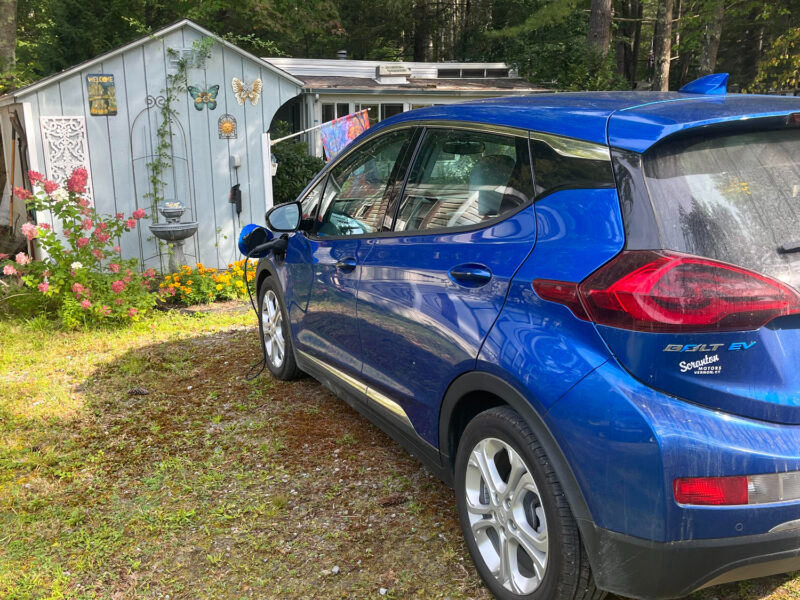- cross-posted to:
- technology@lemmit.online
- cross-posted to:
- technology@lemmit.online
Fear Mongering About Range Anxiety Has To Stop — CT Governor Calls Out EV Opponents::Several state governors are fighting fear mongering as they attempt to reduce transportation emissions in their states.



Lets work through some back-of-the-napkin math here.
Lets say the average speed you’re looking to take on your road trip is 50MPH. For that discharge rate you’d need to be able to charge at 50MPH to keep up. That would put you at a charging requirement of 50kw.
Here is a picture of a 50kw towable generator:
This isn’t even any of the additional gear needed for DC rectification and power management needed to interface with NACS or CCS.
You can see why this idea doesn’t really work then.
I’m going to need to see your work for the 50mph to 50kw conversion.
deleted by creator
Also one is a force while the other is a speed. You’d need a lot of assumptions to go from one number to another single number.
Googling a rough average returned 0.346 kwh/mile for electric cars between 2000 and 2022 (wide range, im aware). Traveling at 50MPH, you go 50 miles in 1 hour (assume you’re already going 50, and stay at that speed). So you’d use [0.346KWh/mile] *[50 miles/hour] = [17.3 KW] per hour @ 50 MPH
One of the problems is that air resistance increases at a squared rate vs velocity, so that average is only really accurate at one specific speed (which tbf might actually be 50mph). But this is a lot more accurate than just replacing “mph” with “kw” lol.
My biggest red flag was the picture of a commercial-grade-looking generator when plug in hybrids can fit the generator plus electric motor, battery, AC, and all the other stuff needed under the hood.